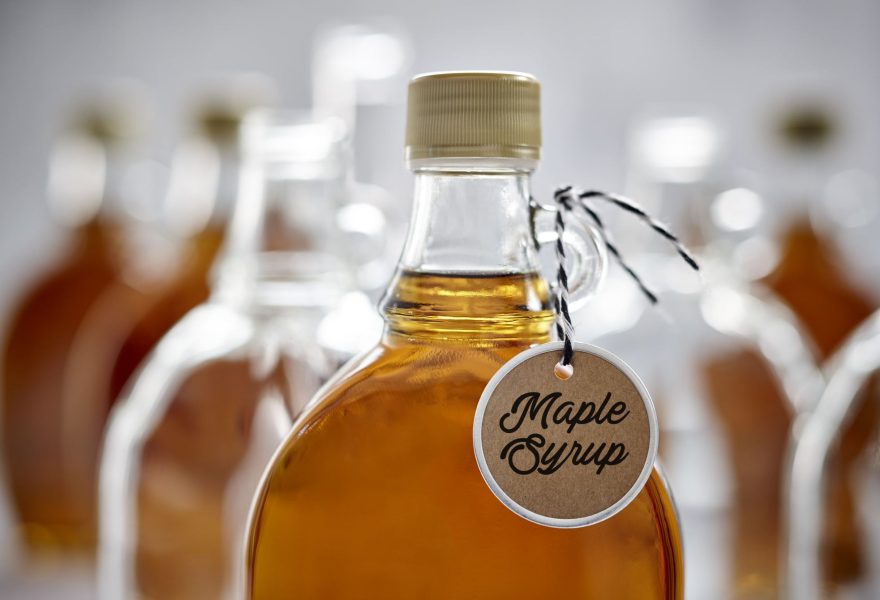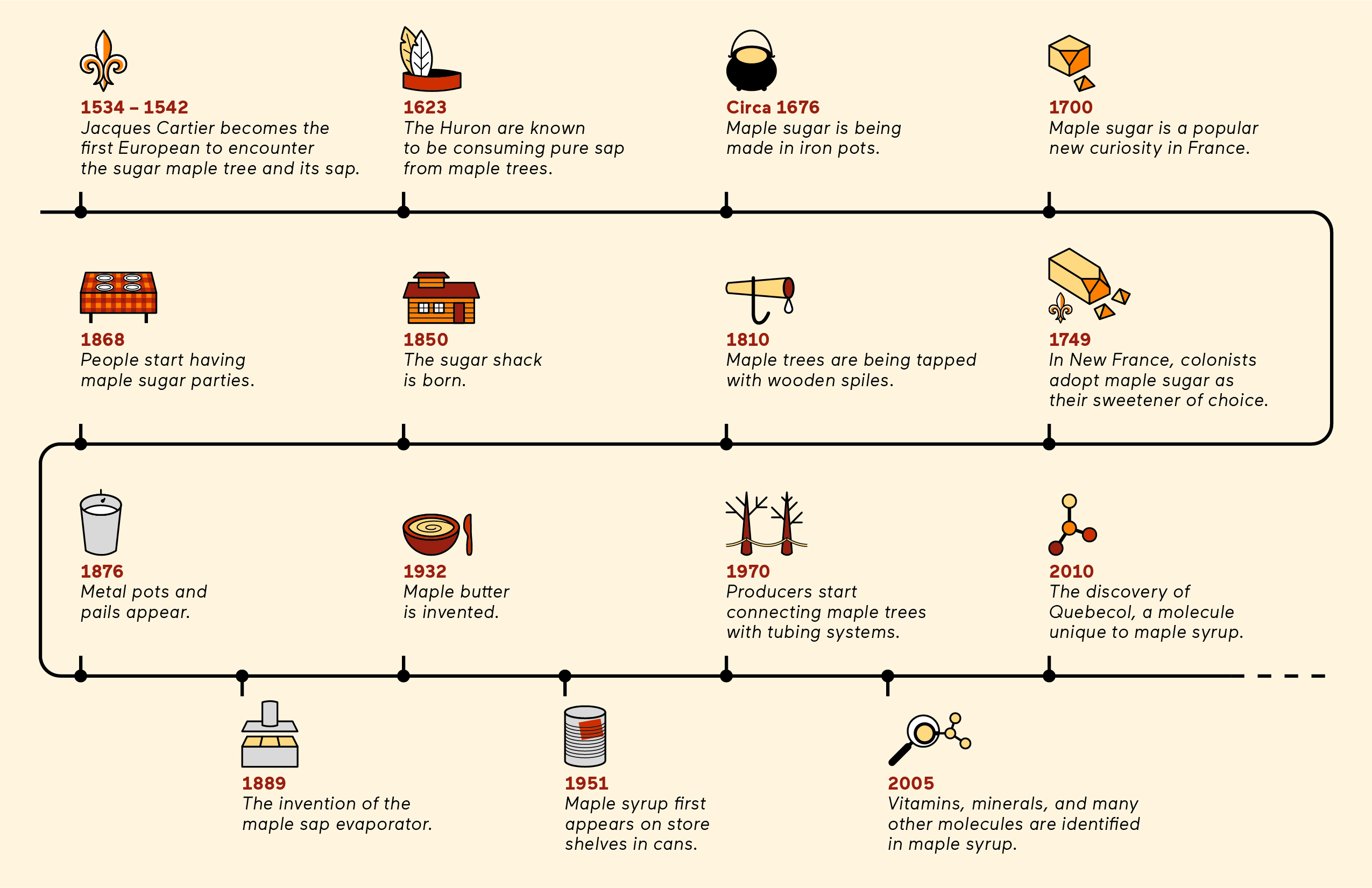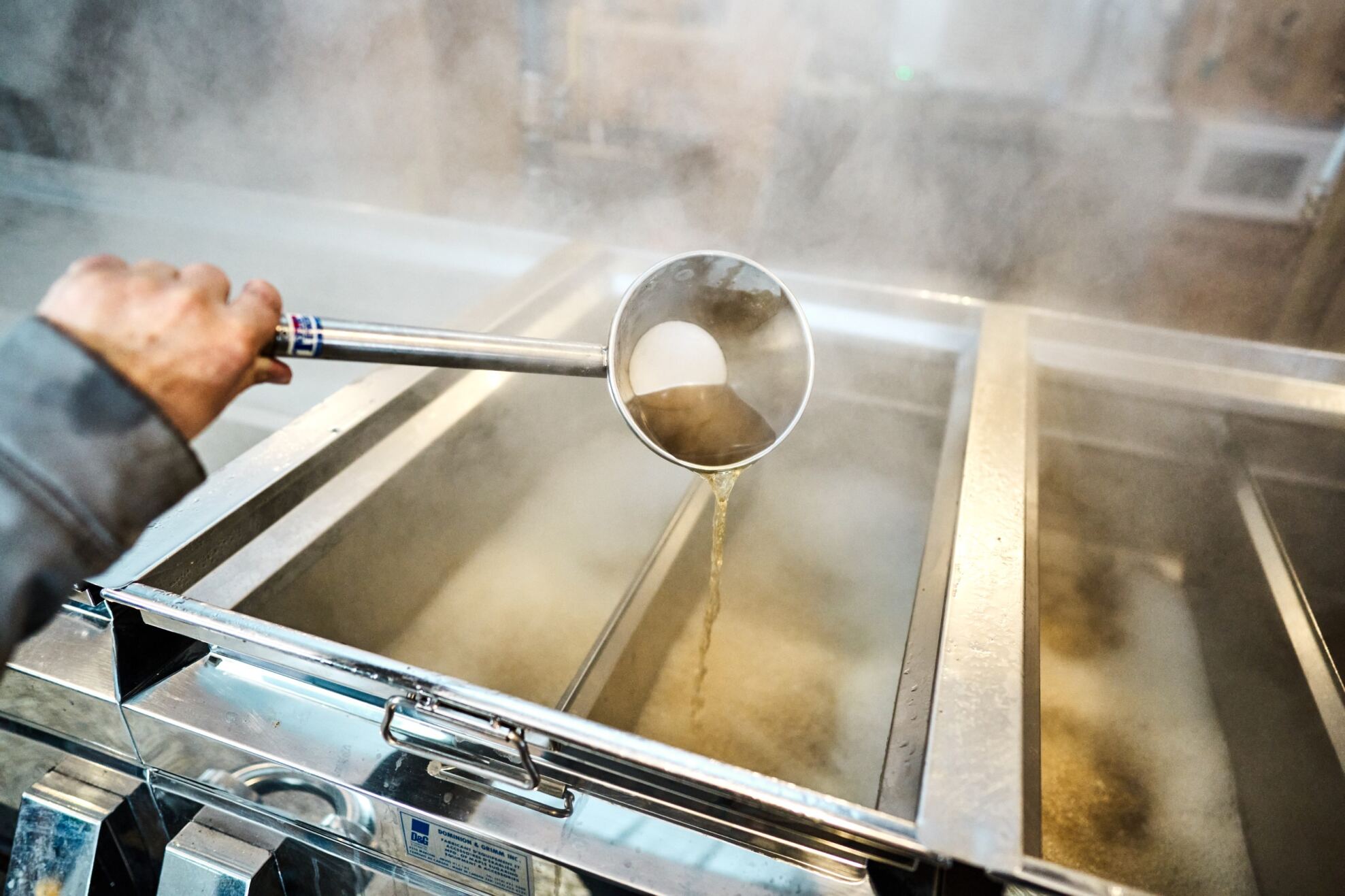Maple Syrup Day: Celebrating One of the World’s Favourite Sweeteners

Did you know there’s a special day dedicated to maple syrup?
Every year, on 17th December, Maple Syrup Day is celebrated across North America by those with a sweet tooth. The occasion shines a light on the cultural and historical significance of pure maple syrup – and serves as a great excuse to indulge in some pancakes!
Ahead of Maple Syrup Day, we’re diving into the fascinating history of maple syrup, exploring how the amber-coloured sweetener is made and sharing a few of our favourite recipes that feature maple syrup. Let’s dive in!
The history of maple syrup
Maple syrup has a unique history that dates back hundreds of years. The sweetener was first discovered by Europeans sometime between 1536 and 1542, although it’s believed Native Americans were consuming the food long before the arrival of European settlers.
During a 16th-century expedition, Jacques Cartier and his fellow explorers chopped down what they believed to be a walnut tree, until a strange liquid began pouring out from the trunk and branches. Of course, this wasn’t a walnut tree – it was a sugar maple, and the mysterious liquid was maple sap!
In the following decades, historical references to maple sap and maple syrup grow increasingly common. Frequent travel between Europe and North America facilitated the export of the product, with maple syrup quickly becoming a global commodity.
Maple syrup has only grown in popularity since the early days, and there has been growing interest in its potential health benefits. Production methods have advanced too, with maple syrup now exported and enjoyed all around the world.

Learn more about the history of maple syrup below.
How maple syrup is made today
Modern techniques for making maple syrup are almost unrecognisable from the earliest records of maple sap being boiled in an iron pot over an open fire. That said, production is still dependent on the same natural processes that have remained unchanged for centuries.
In spring, the alternating freeze-thaw cycles of day and night cause the sap stored in the roots of the maple tree to move out toward the trunk and branches. Only at this time of the year can the sap be extracted from the tree, ready for boiling.
Today, vast networks of tubes are attached to the trees, transporting the sap to a nearby sugar shack in a speedy and efficient manner. Here, it is boiled in an evaporator to reduce the water content, eventually forming the thick, sticky liquid we know as maple syrup.
One of the more recent innovations being adopted by maple syrup farmers is reverse osmosis. This technology can speed up the production process and conserve fuel by reducing some of the sap’s water content before it is boiled.
Even with all these advancements, the method for making maple syrup remains completely natural. No artificial additives are used in the process, with pure maple syrup derived entirely from a single ingredient: maple tree sap.

Learn more about the maple syrup production process below.
Recipes with maple syrup
You’ve heard about the history of maple syrup and found out how the sweetener is made – now it’s time to explore a few of our featured recipes, with each enriched with Canadian maple syrup.
As you’re probably aware, it works wonders in desserts, adding depth of flavour and its signature touch of sweetness to cakes, cookies and dessert pies. Our pumpkin pie and lemon myrtle cheesecake are just two excellent examples!
The sweetener can also be used in savoury dishes, adding warmth and richness to sauces, glazes and marinades. Maple pairs perfectly with ginger and soy sauce in this maple soy chicken dish, while it also works well with oil and chilli flakes to make a crispy chilli oil dressing for this roasted wombok.
Did you know that maple syrup can also be used in drinks? It’s a great sweetener for adding to hot drinks, just like in this vegan iced coffee, and can also be mixed into cocktails, such as this passion fruit martini.
We’re only scratching the surface of the many ways that maple syrup can be used in your cooking and baking. If you’re looking for more inspiration, make sure to check out the rest of our range of maple syrup recipes!
A Source of Natural Energy
Maple syrup is a natural source of energy. Check out how maple can act as fuel before, during, and after exercise.
